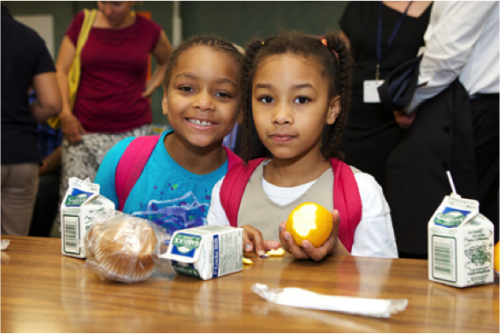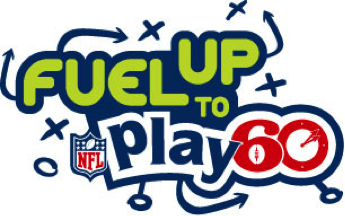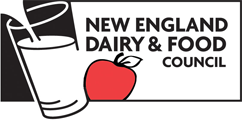September is Hunger Action Month, a month dedicated to raising awareness of hunger in America and finding solutions within our communities.
Did you know that in the U.S., 1 in 8 individuals live in households with inconsistent access to adequate food? Of these Americans, over 12 million children may not know where their next meal will come from, making it difficult to get the energy and nutrients they need to learn and grow. According to Feeding America, children facing hunger are more likely to get sick and have problems in school.

Child Hunger: Know the Facts
Luckily, there are ways to help this growing problem within a school’s walls. The School Breakfast Program and National School Lunch Program provide nutritious meals to students at a low or reduced cost, or sometimes even for free. School meals follow strict standards to ensure that students are receiving the proper nutrients required for optimal health.
Students who eat school breakfast:
- Have better attendance.
- Concentrate better.
- Perform better academically, as measured by higher test scores and grades–especially when breakfast is eaten close to testing time.
- Visit the school nurse less often.
- Have fewer disciplinary problems.
- Are more likely to consume fruit, vegetables, and milk at breakfast and lunch.

Take Action with School Breakfast
Unfortunately, about only half of the students who participate in school lunch choose school breakfast. Making simple changes to your school’s breakfast program can dramatically increase participation and improve student nutrition.
Expanding school breakfast participation requires finding creative ways to serve breakfast while making it convenient for students.
Expanded breakfast options include:
- Breakfast in the Classroom: School breakfast becomes part of the school day when it is delivered to each classroom. Students eat at their desks while working quietly or completing homeroom tasks.
- Grab and Go: Breakfast is served on a mobile cart in a convenient location, such as the main lobby, to make it easy for students to grab and go!
- Second Chance: This service model offers breakfast after the first class of the day. Also called Second Chance Breakfast, it is a convenient way to provide breakfast to students who may not be hungry earlier in the morning.
For real stories about how some of these breakfast models have improved meal participation in New England schools, visit our School Success Stories page. The Food Research & Action Center provides suggestions for what model typically works best for each school.
How Can You Help Fight Hunger?

While September is Hunger Action Month, we want you to tackle hunger all year long. If you’re involved with grade schools, Fuel Up to Play 60 is a great way to help students eat, and eat more healthfully.
Fuel Up to Play 60 is a nationwide, in-school nutrition and physical activity program launched by National Dairy Council and NFL, in collaboration with the USDA, to help encourage today’s youth to lead healthier lives.
Fuel Up to Play 60 encourages students to work with adults to implement school-wide healthy eating and physical activity “plays” — initiatives that help students “fuel up” with nutrient-rich foods like low-fat and fat-free dairy foods, fruits, vegetables, and whole grains and “get up and play” for at least 60 minutes every day.
The Fuel Up to Play 60 Playbook, grants, exciting rewards and additional resources help make the customizable program easy for any school to implement and any student to be engaged. This program also helps meet school wellness goals.
Whether it’s bringing breakfast out of the cafeteria and into the classroom or introducing smoothies or yogurt parfaits to the menu, we’re here to help! Contact your local New England nutrition specialist to learn more.
Updated August 23, 2019

